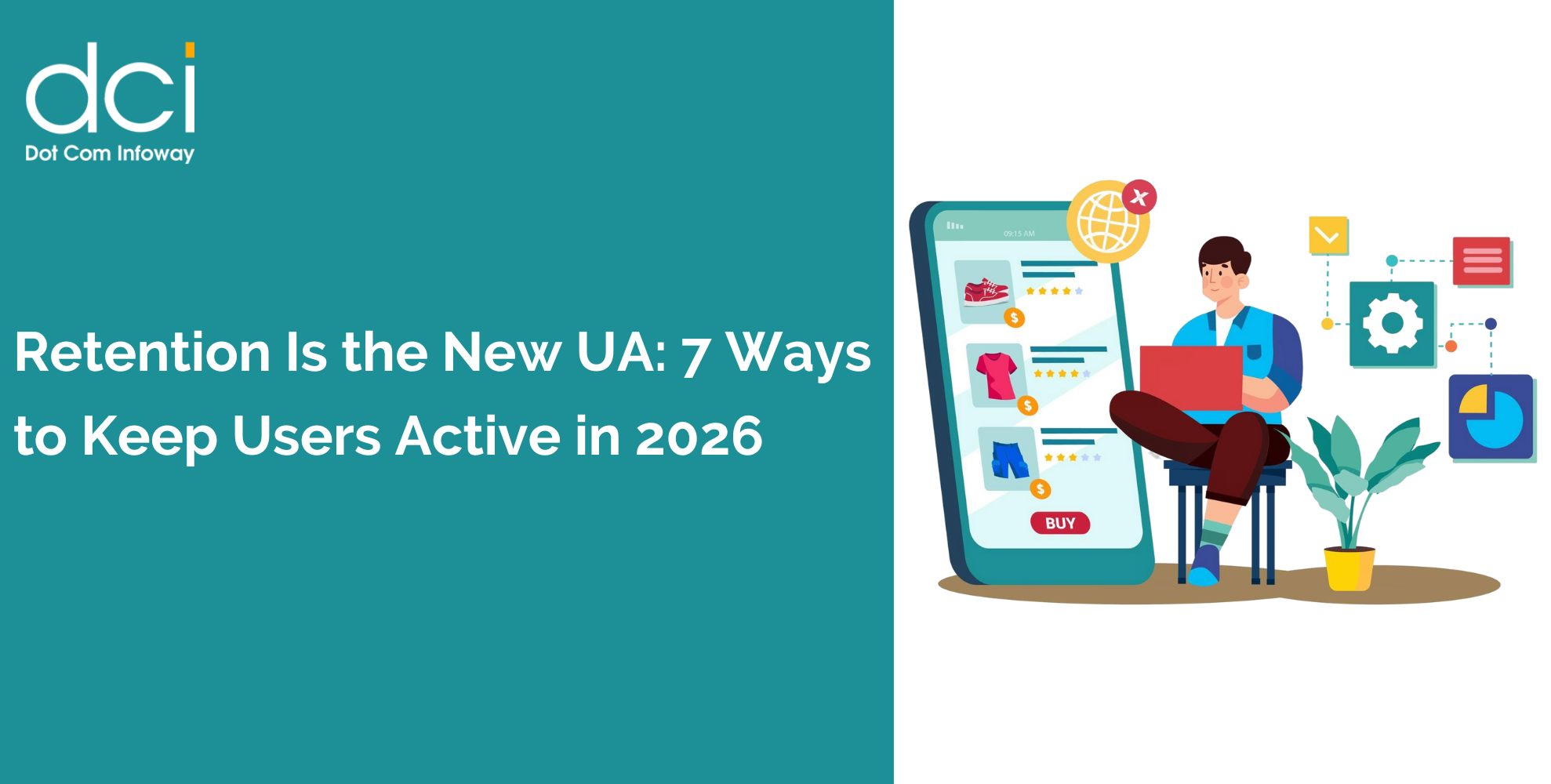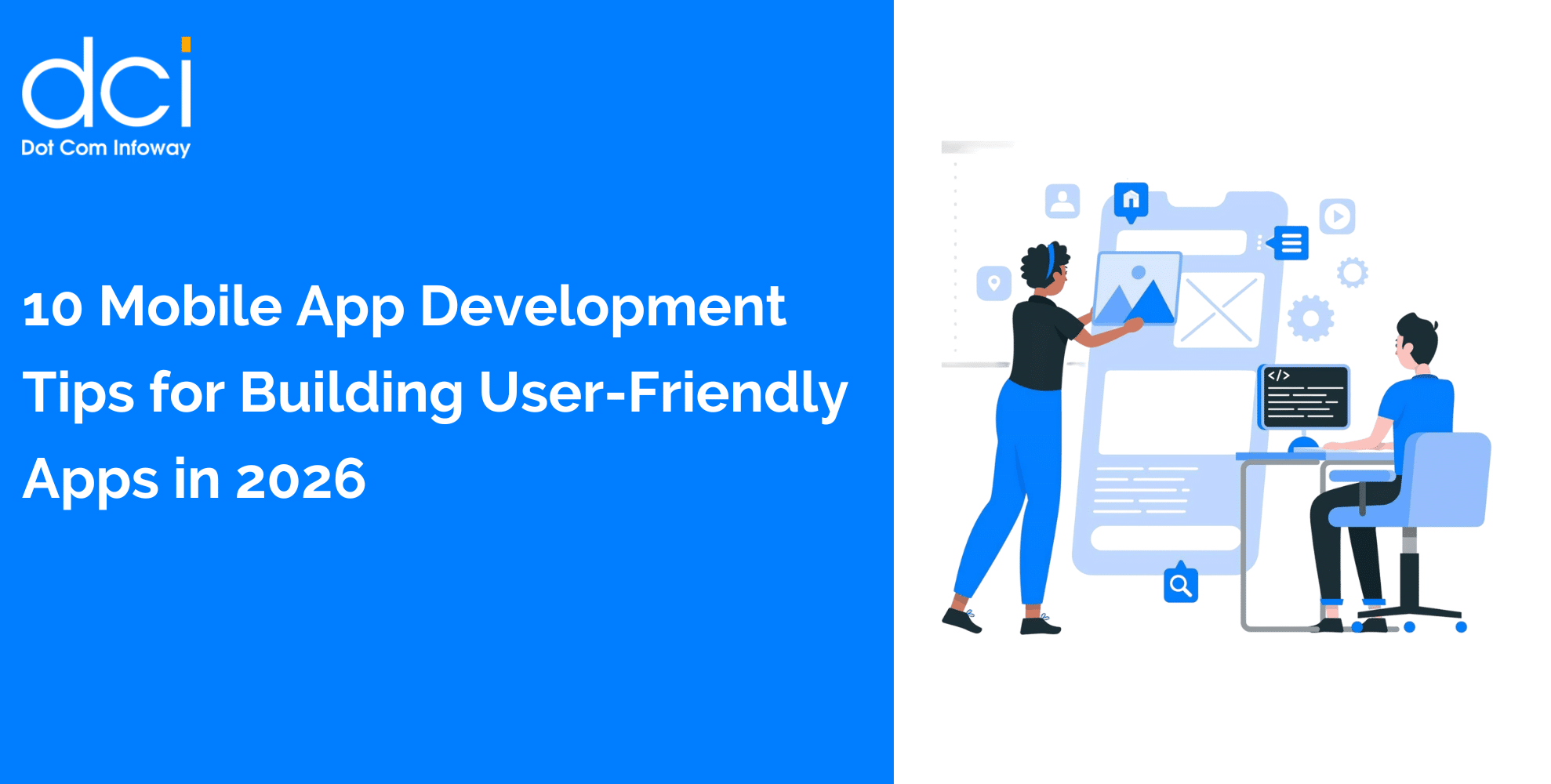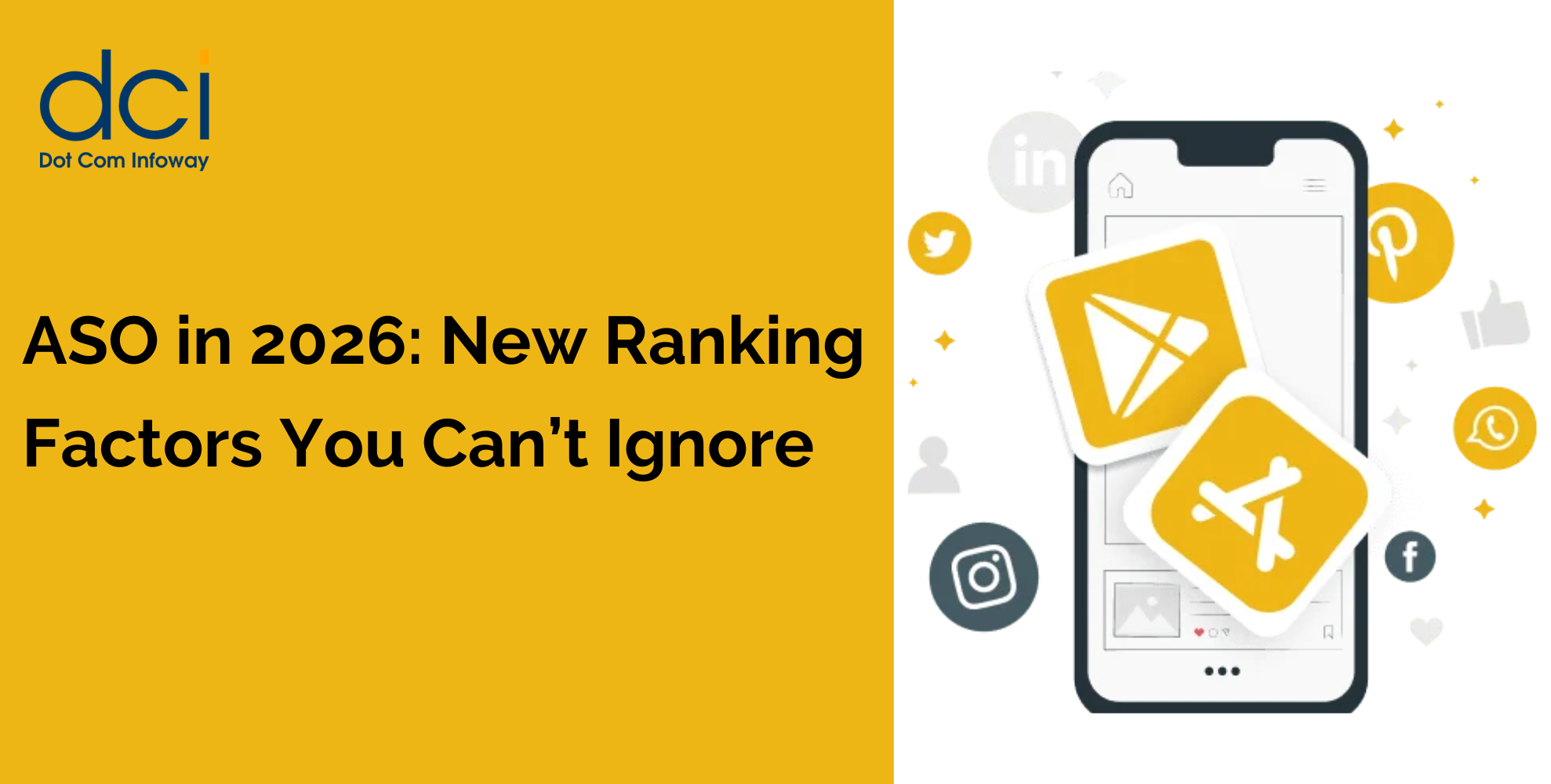How to Improve your Email Open Rate?
The success of your email marketing rests upon the maximum number of people opening your emails. Unless people open your emails, how are they going to respond to them, how are they going to click the links and go to your landing page and then buy from you? So, improving your email open rate is extremely critical, in fact, one of the most critical aspects of your email marketing.
Listed below are some steps you can take to improve your overall email open rate:
1. Avoid Spam Filters
Many people may never receive your emails because emails are being directly redirected to their spam folders. How can you avoid that?
When people subscribe to your mailing list, you can ask them to white-list your email address so that their email client (Gmail, for example) doesn’t mark your email ID as spam.
You can also avoid using expressions such as “make money”, “make dollars”, and such because they are generally considered spamming by most of the email clients these days.
Whenever possible, stick to text messages because when an email message contains lots of graphics, many email clients assume that they are spam.
2. Remove Inactive Subscribers
Do you have email subscribers who have never opened your messages? They simply subscribed and then forgot about it? This may be because they don’t need to hear from you, and if they don’t need to hear from you, why should you send them your messages? Aside from the fact that they are costing you money, they also bring down your overall open rate that may lead you to believe that you are not running a successful email marketing campaign, which can be quite misleading.
Your email marketing service will easily tell you which subscribers have never opened your emails. You can either create a segment of these subscribers and never send messages to them, or you can simply delete them.
3. Find Perfect Timing
An average person gets many emails. If he or she doesn’t open your email within the first hour of receiving it, due to many more incoming messages, your message will be pushed down and he or she may end up missing it. This is why, it is important that you broadcast your email marketing campaign when your recipient is more likely to check it. This way you can make sure he or she doesn’t miss your message. Again, your email service or your digital marketing consultant can easily tell you normally when people open your messages.
This will need some patience as you won’t be able to find the perfect timing immediately. You will need to track some campaigns before you can know this.
4. Make your Subject Line Stand Out
Among scores of messages in the inbox, your recipient will be able to notice your message by the subject line. Make the subject line as convincing and compelling as possible. Your recipient should immediately want to open the message when he or she reads the subject line.
Do remember that there is a difference between creating a compelling subject line that stands out and a misleading subject line. A misleading subject line may work a couple of times, but people will soon stop believing in it and they won’t open your subsequent email messages and they may even mark your messages as spam. So, stick to the central message of your email when formulating your subject lines.
5. Write One-on-one Content
Make your email messages as personal as possible. Whenever possible, use the first name of the recipient. In the copy, talk in the first person as in “you and I” or “you and we”.
6. Optimize your Email Messages for Mobile
- 80% Internet users own a smartphone.
- 61% emails are opened on mobile phones.
This is a big chunk of your recipients that may never access your emails if your emails are not mobile-friendly. Creating mobile-friendly emails is not difficult; almost every email market service allows you to create mobile-friendly email layouts.
Why automate Email Auto-responders?
Email auto-responders are email messages that are automatically triggered when a particular action takes place (and an email trigger is associated with this particular action).
The most common example of an auto-responder that you may have come across is the “out-of-office” reply that you often get when you email someone. Many professionals activate such an auto-responder when they’re not coming to office, but they want people who are sending them emails to know that they will be getting back once they are back in office.
Auto-responders are also used for drip marketing. You create a series of email messages that are sent out automatically after set intervals.
Suppose someone purchases something from your website. After he or she has purchased, you want to send out a thank you message. After a couple of days, you want to send out a message, suggesting that there are similar products available on your website that he or she would like to consider.
If he or she responds to your subsequent messages, further auto-responders can be created, on-the-fly, to encourage the person to buy more.
If the person doesn’t respond to your messages, another set of messages can be automatically triggered.
This is marketing on autopilot. Everything happens in the background, but it is like a dedicated sales person continuously marketing for you.
Tracking your Email Campaigns
This has already been mentioned above. Tracking your email campaigns means using the analytical data to streamline and better target your subsequent campaigns. As the name suggests, to be able to track, you need to carry out your email marketing campaign for some weeks, and even for some months. Then, you gather data and then customize your email campaigns accordingly.
Conclusion
91% of US adults have admitted that they welcome emails from companies they have done business with recently (source MarketingSherpa). Small businesses claim that email marketing is 40 times more effective than Facebook and Twitter combined (source McKinsey).
Businesses further claim that persistent email marketing helps you build credibility, boost your sales, establish and strengthen long-term relationships with your customers and clients, look professional by seeking qualified feedback from your prospects and customers and clients, and generate more leads by keeping people interested in your business.



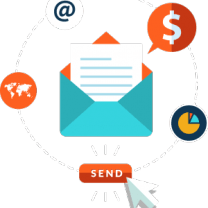

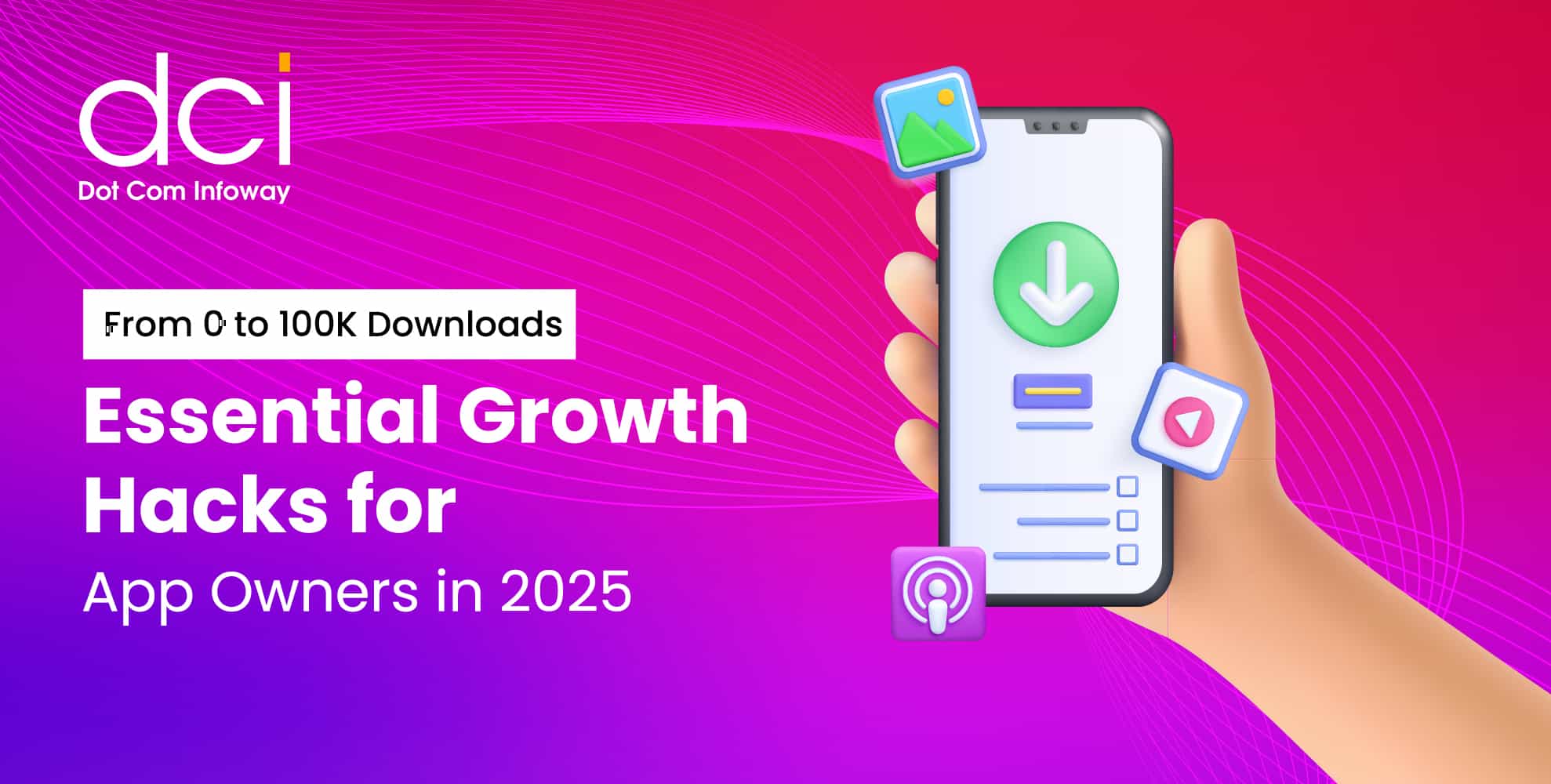

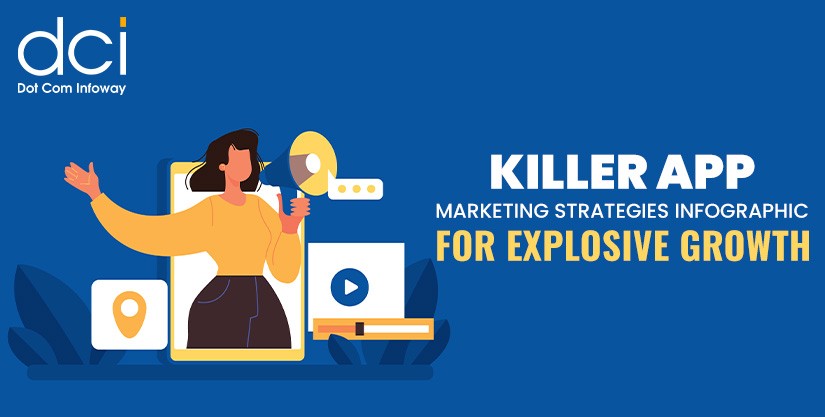

![The Game Marketing Guide: Pre and Post-Launch Strategies [Infographic]](https://www.dotcominfoway.com/wp-content/uploads/2023/09/DCI-Game-Marketing-blog-1.jpg)

